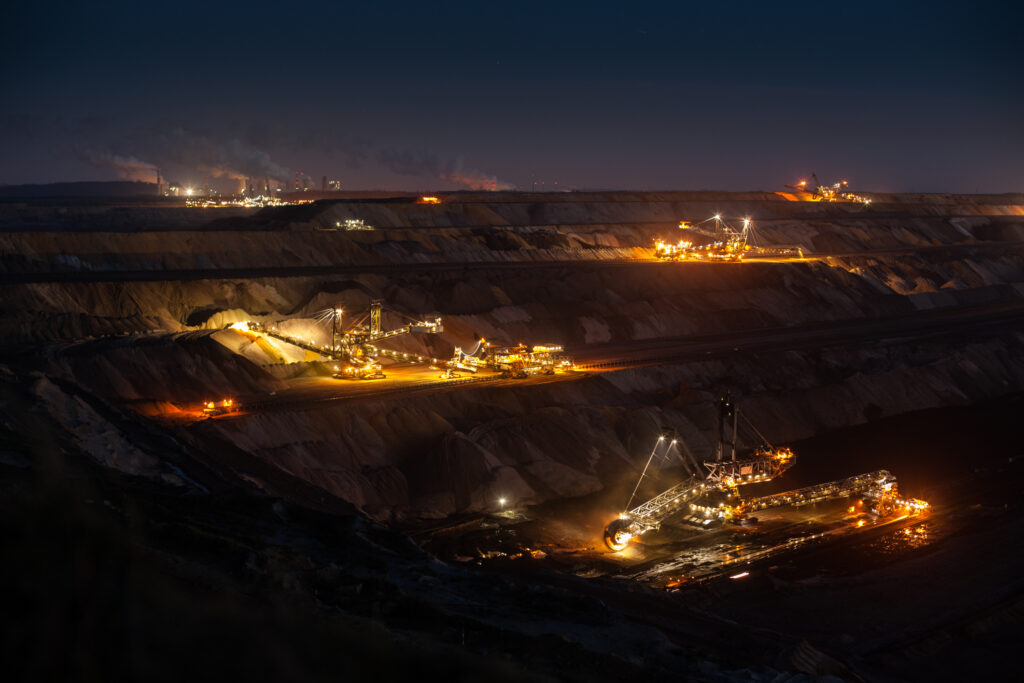The global mining industry is in a state of flux as unprecedented demand for resources clash with ongoing global economic volatility and geopolitical tensions, creating both immense challenges and opportunities.
Africa’s mining sector isn’t spared this volatility. The continent has more than half of the world’s reserves of platinum group metals and diamonds, and nearly half of manganese and cobalt reserves, both critical elements in the batteries powering the global transition to cleaner energy.
Searching for greater productivity
In the current business environment mining companies are under intense pressure to increase efficiencies, reduce costs, and boost productivity.
Autonomous technologies have ushered in a broad range of economic benefits for the mining industry over the past decade. By leveraging automation to perform some of the more hazardous tasks, mining companies have minimised worker exposure to dangerous conditions and bolstered overall safety standards within their operations.
Recently, the emergence of digital technologies such as machine-learning and artificial intelligence (AI) has introduced new gains in efficiency and productivity. One market estimate predicts that investment into AI by the mining sector will reach $7.26 billion (R134bn) by 2033, driven by a compound annual growth rate of 22.7%.
The ethics of AI in mining
While it’s undeniable that AI holds immense promise for the mining industry, the introduction of any new technology is typically accompanied by a number of ethical dilemmas.
In the context of mining, fears around AI range from the displacement of human labour by automation, increased surveillance compromising data privacy, and encroachments on autonomous decision-making.
There are also concerns over explainability, that is how AI decisions can be explained in a way that makes sense to human workers. For example, if AI is used in surveillance at mining sites to improve safety and security, questions may arise over how the algorithm determines which actions can be considered safety or security incidents.
While AI has the potential to improve efficiency and safety in mining, its deployment introduces new risks that must be carefully managed. Mining companies, technology developers, and regulatory authorities must collaborate to establish robust safety protocols, provide comprehensive training, and establish clear lines of accountability to mitigate the risks associated with AI use in mining operations.
Practical use cases
Despite the concerns, AI will unquestionably play a leading role in the mining sector’s success in the coming years. AI lends itself to a myriad applications across the mining value chain, including:
1 Exploration
2 Geotechnical monitoring
Geotechnical monitoring and analysis are crucial to ensuring ground stability and infrastructure stability at mining operations. Here, AI can be integrated with sensor networks to detect early signs of instability or failure, while predictive models can forecast ground behaviour and assess potential hazards. AI can also be applied to create detailed simulations of rock masses that can help guide the design of tunnels, underground layouts, and slope stability.
3 Mine planning and optimisation
AI technologies enable dynamic, data-driven decision-making to optimise mine plans and production schedules. Mining operations can leverage AI to predict performance under various conditions, helping decision-makers identify optimal productivity strategies while minimising costs. Predictive maintenance systems can also optimise the performance of mining equipment, reducing downtime and improving overall operational efficiency.
4 Supply chain management
By using techniques such as time-series analysis and probabilistic modelling, mines can gain real-time visibility over their supply chain. This can help mining operations optimise their logistics operations, including transportation routes and distribution networks.
AI is a transformative force in the mining industry, introducing a broad range of innovative applications to solving complex challenges across various facets of modern mining operations. By embracing AI-driven innovation and collaboration, mining companies can pave the way for a more efficient, sustainable and responsible mining future.
